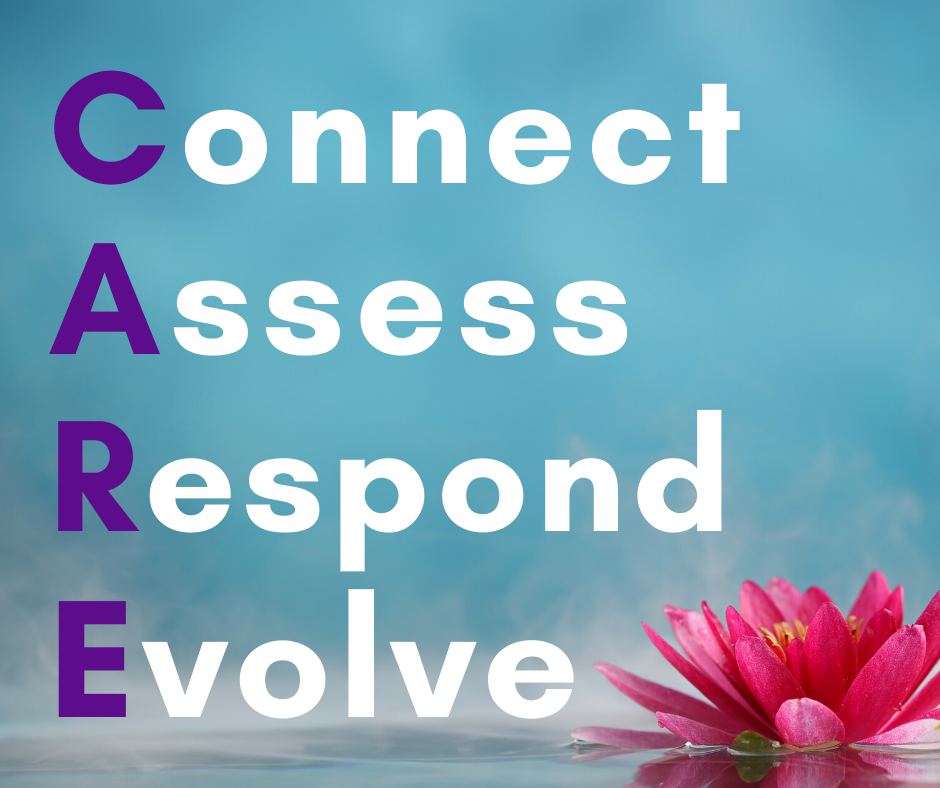Empathetic Marketing: Cultivating Creativity and Connection
It doesn’t matter if you are an individual or a company, we’re all in the same boat trying to make sense of some very new territory because of challenges brought on by the COVID-19 pandemic. Changes are happening quickly, requiring that we adjust how we live and go about our routines as well as how we work with each other, engage with members, conduct business with clients, collaborate with partners, and so much more. Enter empathetic marketing.
Marketers are charting choppy waters too. Some of us might feel like we’re entering a daily war room with loads of projects and meetings as organizations cancel or re-envision events, consider different types of programming, and strive to communicate the right information in the right ways to those they serve. On the flip side, there might be a lack of work as leadership struggles to determine the best strategy for moving forward so that we can support it with complementary messaging. While it is certainly stressful to be in these positions, there is a silver lining to embrace.
Marketers are natural problem-solvers and champions of innovation who have the ability to not only survive, but THRIVE in the face of adversity. As communicators and connectors, we’re experts at sparking inspiration, instilling hope, and building community. We have much to contribute to the conversations happening right now that will lead to new ways of engaging—from driving practical solutions in response to current needs and concerns to planning for how this major cultural moment will shift long-term behaviors and shape what success looks like into the future.
Now is not the time to be silent. It is the time to roll up our sleeves, leverage this unique set of skills and perspectives, and make some marketing magic happen! But how exactly can we do this while also embracing a healthy dose of mindfulness? Outlined below is the C.A.R.E. model (Connect, Assess, Respond, Evolve), which offers four simple steps to help marketers build creative momentum and pave an effective path forward with tangible results.
 Connect
Connect
- Identify relevant audiences to determine what concerns and questions exist. This includes a review of both internal stakeholders like staff, board, and volunteers, as well as external stakeholders like members, donors, clients, vendors, and industry partners.
- Share relevant information that is tailored to the unique needs of each audience and factors in the most effective outlets and timing for delivery. Personalize messaging for each of these audiences even further by moving away from blanket language and generalized marketing templates. Look for ways to offer real-time assurances and cultivate feelings of connection.
- Embrace collaboration to gather valuable insights and explore resource-sharing to provide more services, fill existing gaps, and expand to reach new audiences.
- Be the connector by sharing marketplace intelligence and industry-wide trends to provide support, context, and opportunities for community-building.
- Leverage technology to automate and streamline operations, maximize staff capacity and messaging reach, and minimize team burnout.
Assess
- Redefine success by engaging with leadership, staff, and key stakeholders to set realistic expectations, goals, and action plans. Remain flexible and evaluate next steps often as conditions continue to shift over the weeks and months ahead.
- Evaluate content. It’s important to keep people informed, but don’t add to the panic. Avoid overly dramatic language, confirm that the information you’re sharing is credibly-sourced news, avoid hard sells or bragging about certain products or tools as being the best, and check to ensure messaging is on target with tone. It’s all about finding the right balance and adjusting when the need arises.
- Monitor the frequency of your messaging. Inboxes are flooded with information right now (whether requested or unsolicited) so don’t overwhelm your audience. Determine what you can offer that is unique and send communications only when it is necessary.
- Replace triggering imagery and language. Swap out visuals of crowds or people touching. (Examples: People working in close proximity or interacting in a crowd). Reframe marketing language that describes close interactions (Examples: “get in touch“ or “work hand in hand.”). Perform a thorough review of all content (live/published, scheduled, new). This includes major things like blogs and web content as well as simple/small text such as email subject lines, social media posts, renewal reminders, and campaign taglines.
Respond
- Listen to people’s needs. Look for emerging patterns that can help inform steps for further engagement and support. Ask the hard questions and always ensure that those you serve have multiple ways to provide their input (Examples: personal phone calls, targeted surveys and polls, website feedback forms, stakeholder focus groups, etc.). Don’t underestimate the story that data can tell about an audience. Review analytics to discover how people are engaging with each other on community message boards, social media, and more.
- Highlight how you can help by clearly communicating new and existing benefits, linking people to important industry updates, and creating helpful content that is educational, entertaining, and/or inspiring.
- Build community. Now more than ever before, people are looking for ways to connect. It is the perfect time to share staff stories, create fun contests and incentives on social media, and encourage others to share their stories. Look for ways to help the larger community as well, including those who have been affected by this virus.
- Support existing audiences and ultimately let your brand heart guide you. Thank loyal customers, sponsors, and/or members. Go above and beyond to fill customer needs. Whenever a strategy might be in doubt, always go back to the source and consider how it relates to the brand’s purpose, vision, mission, and values.
Evolve
- Adjust annual marketing plans, campaigns, and scheduled timelines. Double down on what’s working and get rid of what isn’t. Stop all non-essential press releases and push timelines back on major campaigns or launches that might get lost in the current deluge of news or might not be appropriate in tone or scope.
- Reallocate budgets. Don’t cut back on marketing, instead shift more traditional expense items like trade shows, travel, conferences, and print materials to social media, SEO, virtual learning, digital outlets, and virtual events of all types.
- Explore alternative delivery methods. Video can help keep communication lines open and help brands stand out. Short, digestible videos, whether it be a live chat or a recorded session, foster feelings of connection, especially in uncertain times. Consider having leadership send out a video message to those you serve at-large or to key funding partners. This personal touch goes a long way. There are many free software options out there to help create these videos, which we will explore in a blog later this month. If you have reduced/limited resources to create new videos, try to repurpose existing content to create new messaging that captures the eye and imagination.
- Expand online services. Encourage virtual gatherings like association chats, webinars, and happy hours to build community, deliver important updates, and increase engagement overall
- Invest in social media. Build community and excitement by experimenting with weekly livestream events, interviews, games, polls, competitions. Link these activities in ways that showcase elements of your brand.
- Enlist key supporters to act as brand ambassadors and social media influencers, increasing awareness of the brand and upcoming initiatives for little to no out-of-pocket cost. Provide these natural partners with a comprehensive media kit of images and text so that they are set up for success. To coordinate efforts even further, think about creating a mini-campaign where multiple influencers are able to work collectively and ramp up visibility within a short timeframe that’s agreed upon.
What Next?
The only constant right now is change. As challenges continue to arise, opportunities will also open up and when they do, we can meet them head on. It is all about patience, flexibility, and knowing all of the options that are available in the marketer’s creative toolbox, including the C.A.R.E. model, which can help us think through the critical questions that will illuminate the path to success.


